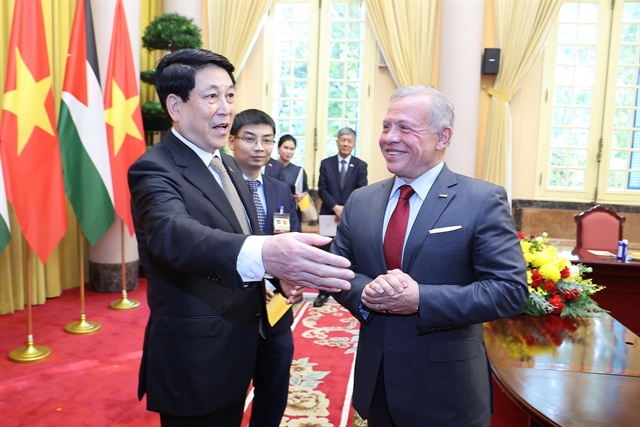Hanoi, September 24, 2024 – The Europe Today Prime Minister Phạm Minh Chính has signed a decision to launch Vietnam’s comprehensive strategy for developing its semiconductor industry by 2030, with a long-term vision extending to 2050. The strategy, divided into three key phases, aims to position Vietnam as a crucial player in the global semiconductor supply chain.
The roadmap, introduced on Saturday, outlines a formula for success called “C = SET + 1,” where C represents chips, S stands for specialized expertise, E for electronics, T for talent, and “+1” signifies Vietnam’s role as a new, secure destination for global semiconductor operations.
Three Phases of Development
In the first phase, from 2024 to 2030, Vietnam will capitalize on its geopolitical and workforce advantages to attract foreign direct investment (FDI), aiming to become a global center for semiconductor talent. By 2030, the country plans to establish 100 design companies, one manufacturing factory, and 10 packaging and testing plants, targeting over $25 billion in annual semiconductor revenue.
The second phase, running from 2030 to 2040, will focus on self-reliance and deeper collaboration between domestic and foreign industries. Vietnam aims to create at least 200 design companies and two manufacturing factories, achieving an annual semiconductor revenue of $50 billion.
In the third phase, from 2040 to 2050, Vietnam plans to become a global leader in semiconductor research, design, and manufacturing. By then, it hopes to post over $100 billion in annual semiconductor revenues, establishing itself as a key player in the global semiconductor ecosystem.
Focus on Human Resources
The strategy places a strong emphasis on human resource development. Deputy Prime Minister Lê Thành Long has signed a related decision aimed at building a skilled workforce of 50,000 semiconductor engineers by 2030 and at least 100,000 by 2050. The initiative will establish and upgrade several national-level laboratories to support this training, ensuring that Vietnam has the talent needed to compete on the world stage.
The strategy also aims to develop a self-reliant semiconductor industry ecosystem by 2050, with Vietnam taking the lead in several stages of the global production chain.
Government Commitment
Various ministries, including those of Planning and Investment, Education, and Finance, have been tasked with overseeing the implementation of this ambitious program. The funding will come from state budgets, private enterprises, and other legal sources, ensuring a comprehensive and well-supported approach to developing Vietnam’s semiconductor industry.
This strategy signifies a critical move by Vietnam to strengthen its position in the rapidly evolving global technology sector.














